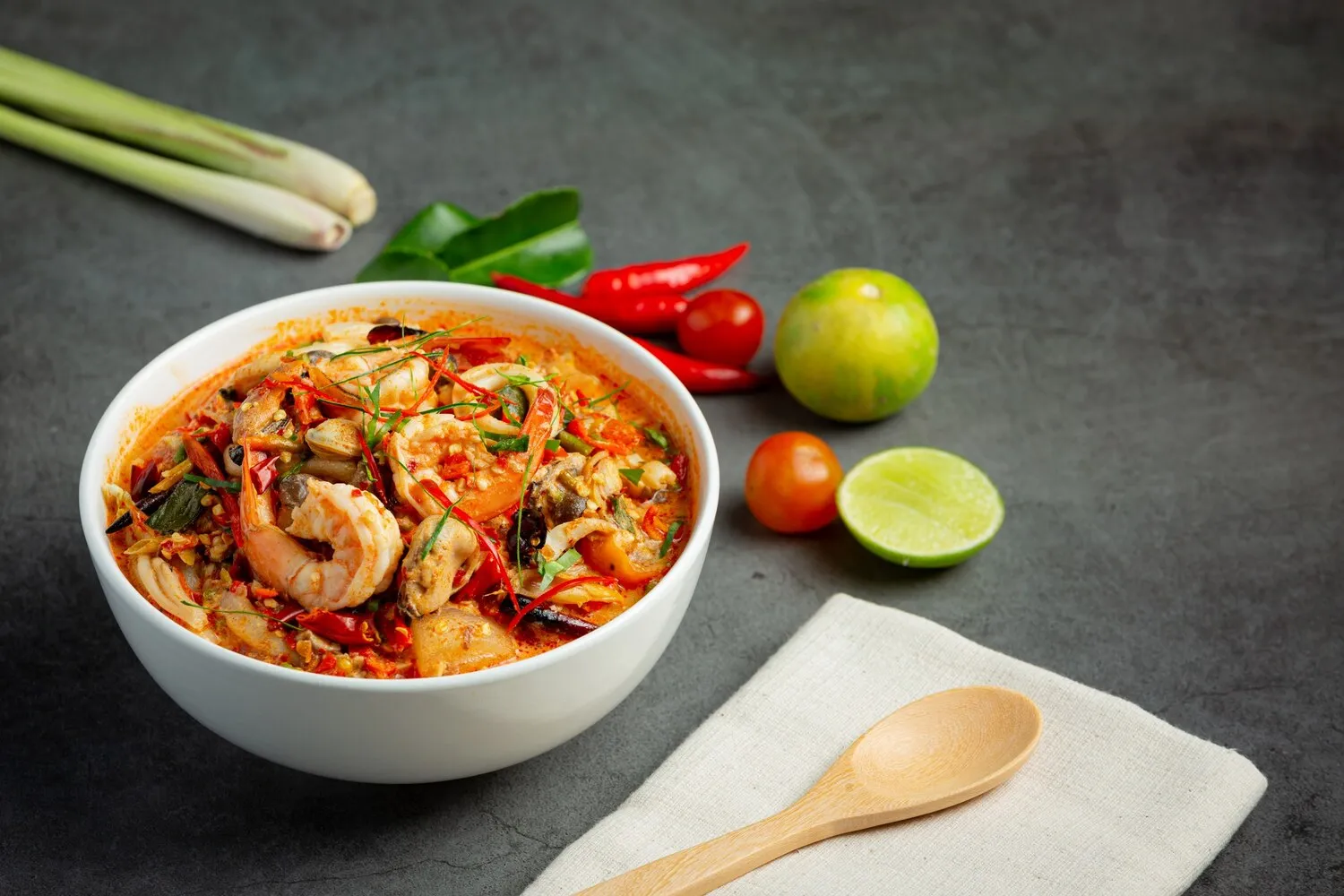
Ribollita
A traditional Tuscan bread and vegetable soup. It is a hearty and rustic dish.
Nutrition Facts
* The % Daily Value (DV) tells you how much a nutrient in a serving of food contributes to a daily diet. 2,000 calories a day is used for general nutrition advice.
Ribollita, meaning 'reboiled,' is a Tuscan soup with origins in medieval times. Servants would collect leftover bread and vegetables from their wealthy masters' meals, then boil them together to create a nourishing and frugal dish. This resourceful use of scraps reflects the cucina povera tradition.
Ribollita is deeply ingrained in Tuscan culture as a symbol of resourcefulness, family, and the cucina povera tradition. It represents a connection to the land and a respect for simple, wholesome ingredients.
Cucina Povera
Ribollita is a prime example of cucina povera, the 'poor kitchen,' emphasizing the use of simple, readily available, and often discarded ingredients to create delicious and satisfying meals. It highlights the resourcefulness of Tuscan peasants.
Family and Tradition
Ribollita is often made in large batches and shared amongst family and friends. Its preparation is a multi-day process, allowing flavors to develop and creating a sense of community around the meal.
Seasonal Eating
While the core ingredients remain the same, the vegetables used in Ribollita can vary depending on the season, reflecting the emphasis on using locally sourced produce.
Ribollita boasts a rich, earthy flavor profile characterized by hearty vegetables, stale bread, and aromatic herbs. The olive oil adds depth and richness, while the beans provide a creamy texture.
The primary flavors stem from the cannellini beans, Tuscan kale (cavolo nero), and stale Tuscan bread. Other vegetables like carrots, celery, onions, tomatoes, and potatoes contribute layers of sweetness and savoriness. Olive oil is crucial for richness and mouthfeel. Herbs like rosemary, thyme, and sage add an aromatic complexity. Salt and pepper balance the flavors, and sometimes a touch of chili flakes is added for a slight kick. The cooking process allows the flavors to meld and deepen over time.
Bread Selection
Use stale, unsalted Tuscan bread (pane toscano) for the most authentic flavor and texture. Day-old bread from other regions can be used, but avoid overly flavored or enriched breads.
Bean Preparation
Soaking dried cannellini beans overnight is essential for proper cooking and digestibility. Canned beans can be used as a shortcut, but the flavor and texture will be slightly different.
Slow Cooking
Ribollita benefits from slow cooking, which allows the flavors to meld and deepen. Simmering the soup for several hours, or even overnight, will result in a richer and more complex flavor.
Texture
The texture of Ribollita should be thick and hearty. Some of the bread and vegetables should break down, creating a creamy consistency. Don't be afraid to mash some of the beans to further thicken the soup.
Explore additional Soup dishes and restaurants
Explore SoupDiscover top dining spots and culinary experiences in Firenze.
Explore FirenzeLearn more about the food culture, restaurant scene, and culinary heritage of Italy.
Explore Italy